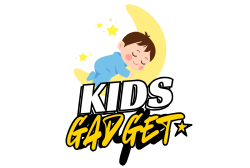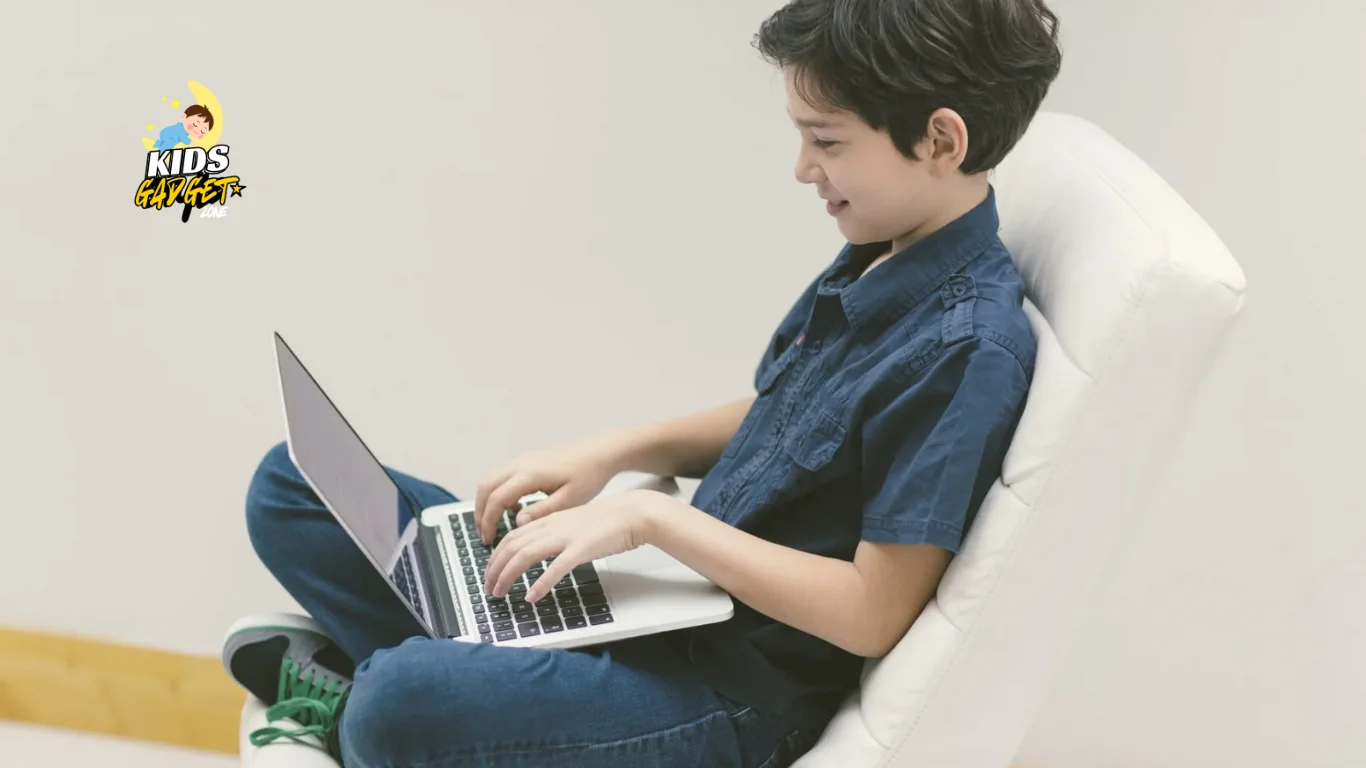My niece, Lily, just turned seven and is obsessed with Minecraft. She constantly asks how the game works and expresses a desire to create her own. This got me thinking about what age can a child start coding? It’s a question many parents ask. This post will explore the ideal age to introduce coding to children, the benefits of early exposure, and how to get started. You’ll leave with a clear understanding of how to nurture your child’s coding potential.
Introducing Children to Coding
This section delves into the optimal age for introducing children to the world of coding, considering various developmental stages and learning styles. We’ll explore different approaches to make coding engaging and fun for young learners.
The Early Years: Building Blocks
- Ages 4-7: At this age, children are naturally curious and explore their surroundings. Introducing coding concepts through play-based learning, using visual programming languages like ScratchJr, is effective. These tools use drag-and-drop interfaces, allowing children to create simple animations and games without needing to write complex code. This fosters creativity and problem-solving skills in a fun way. They learn sequencing, loops, and events, building fundamental computational thinking.
- Unplugged Activities: Before screen time, introduce unplugged activities. This involves using physical objects or games to simulate coding logic. For example, you can create a sequence of actions with toys, simulating a simple algorithm. This builds the foundation for understanding instructions and sequences, key concepts in programming.
The Elementary Years: Building Projects
- Ages 7-11: This is an excellent age to start with visual programming languages like Scratch. Scratch allows children to build more complex projects like interactive stories, animations, and games. They learn to debug (find and fix errors in code), further honing their problem-solving skills. It’s a great way to build a solid foundation in computational thinking and logic.
- Game-Based Learning: Utilize educational games that incorporate coding concepts. Many online platforms and apps are specifically designed to teach coding through engaging game mechanics. These games subtly introduce children to programming concepts, making learning fun and rewarding. This approach makes learning less intimidating.
Benefits of Early Coding Education
This section highlights the numerous cognitive, academic, and career benefits associated with introducing children to coding at a young age.
Cognitive Development
- Problem-Solving Skills: Coding necessitates breaking down complex problems into smaller, manageable tasks. This process enhances a child’s critical thinking and problem-solving capabilities, transferable to various life situations. They learn to approach challenges methodically, analyzing, designing solutions, and implementing those solutions iteratively.
- Creativity and Innovation: Coding is a creative process. Children can express their imagination through building games, animations, and interactive stories. This nurtures creativity and allows them to transform their ideas into tangible outcomes. They learn to think outside the box and explore different approaches to problem solving.
Academic Advantages
A study by Code.org showed that students who learn to code perform better in math and science. Early exposure to coding improves logical reasoning and analytical skills, beneficial in various subjects. These skills translate directly to academic success.
Future Career Opportunities
The demand for skilled programmers is rapidly growing. Early exposure to coding provides children with a significant advantage in the competitive job market. It opens up a wide range of future career possibilities, from software development to data science and artificial intelligence.
Different Approaches to Teaching Coding
This section explores different methods and resources for teaching children to code, catering to various learning styles and preferences.
Visual Programming Languages
- Scratch: A popular, block-based visual programming language widely used in schools and coding clubs. It’s beginner-friendly and allows children to create interactive projects without needing to learn complex syntax. The visual nature of the blocks makes understanding the logic of programming easier for young minds.
- Blockly: Another visual programming language developed by Google, offering a similar drag-and-drop interface to Scratch. Blockly games and projects make learning engaging and build problem-solving skills. The user-friendly interface simplifies the learning curve.
Text-Based Programming Languages
- Python: A versatile and beginner-friendly text-based language popular for its readability and extensive libraries. It’s often introduced to older children (around ages 11-12) after they’ve grasped foundational coding concepts. Python’s wide applications make it a valuable skill to learn.
- JavaScript: Primarily used for web development, JavaScript is a powerful language that can be introduced to older children interested in creating websites and interactive web applications. Understanding JavaScript opens doors to dynamic web design and interactive elements.
Online Courses and Platforms
Numerous online platforms offer interactive coding courses designed for children. These platforms provide structured lessons, engaging projects, and often include interactive elements and community support. Examples include Code.org, Khan Academy, and Tynker. These resources provide diverse learning pathways.
Addressing Common Myths About Coding for Kids
This section aims to debunk common misconceptions surrounding teaching children to code.
Myth 1: Coding is only for geniuses.
This is simply false. Coding is a skill that can be learned by anyone with the right approach and resources. Just like any other skill, it requires practice and patience, but it’s not inherently exclusive to a select few. With proper guidance and engagement, most children can learn to code.
Myth 2: Children need expensive software to learn to code.
Many excellent free resources are available, including visual programming languages like Scratch and online courses. While some advanced software or tools may require a cost, starting with free resources provides a solid foundation before moving to more advanced applications. This makes coding accessible to everyone regardless of financial resources.
Myth 3: Coding is too difficult for young children.
This myth stems from a misunderstanding of how coding can be taught. By utilizing age-appropriate tools and methods, such as visual programming languages and gamified learning, children can grasp coding concepts easily and have fun while doing it. The key is to make learning engaging and not overwhelming.
Case Studies: Children’s Success with Coding
- Eight-Year-Old App Developer: A young girl, inspired by her love of animals, used Scratch to create an interactive game promoting animal adoption. Her app gained traction in her school and even attracted attention from local animal shelters, showcasing the power of combining passion with coding skills.
- Ten-Year-Old Website Creator: A boy learned HTML and CSS to build a simple website for his school’s robotics club. The website helped improve communication and recruitment within the club, demonstrating the practical applications of coding skills at a young age.
FAQ
What is the best age for my child to learn coding?
There’s no single “best” age. Children as young as four can begin with visual programming tools, while older children can progress to text-based languages. The most important factor is to choose age-appropriate tools and methods to keep them engaged and motivated.
What if my child struggles with math?
Coding involves logical thinking and problem-solving, not necessarily advanced math. While some mathematical concepts are helpful, it’s more about breaking down problems and understanding sequences. The visual and playful nature of introductory coding tools makes it less dependent on complex math skills.
How much time should I dedicate to coding with my child?
Start with short, regular sessions (15-30 minutes a few times a week). The key is consistency, not duration. Making it a fun activity rather than a chore is crucial for maintaining engagement.
Are there any free resources available for teaching kids to code?
Yes! Scratch, Blockly, Code.org, and Khan Academy offer free, high-quality coding resources for children of all ages. Many libraries also offer free coding workshops and clubs.
What are some signs that my child is ready to learn coding?
Signs include showing an interest in technology, puzzles, games, and problem-solving. If your child enjoys building things, creating stories, or figuring out how things work, they may be a natural coder.
How can I support my child’s coding journey?
Provide encouragement and create a supportive environment. Celebrate their achievements, and help them overcome challenges. Consider joining a coding club or finding an online community for extra support and interaction.
Final Thoughts
Understanding what age can a child start coding is less about a specific age and more about finding the right approach. By introducing coding in a fun, age-appropriate manner, you can empower your child with valuable skills that benefit their cognitive development, academic success, and future career prospects. Start exploring the world of children’s coding today and nurture their potential. Remember, consistent engagement and a supportive environment are key to success.

